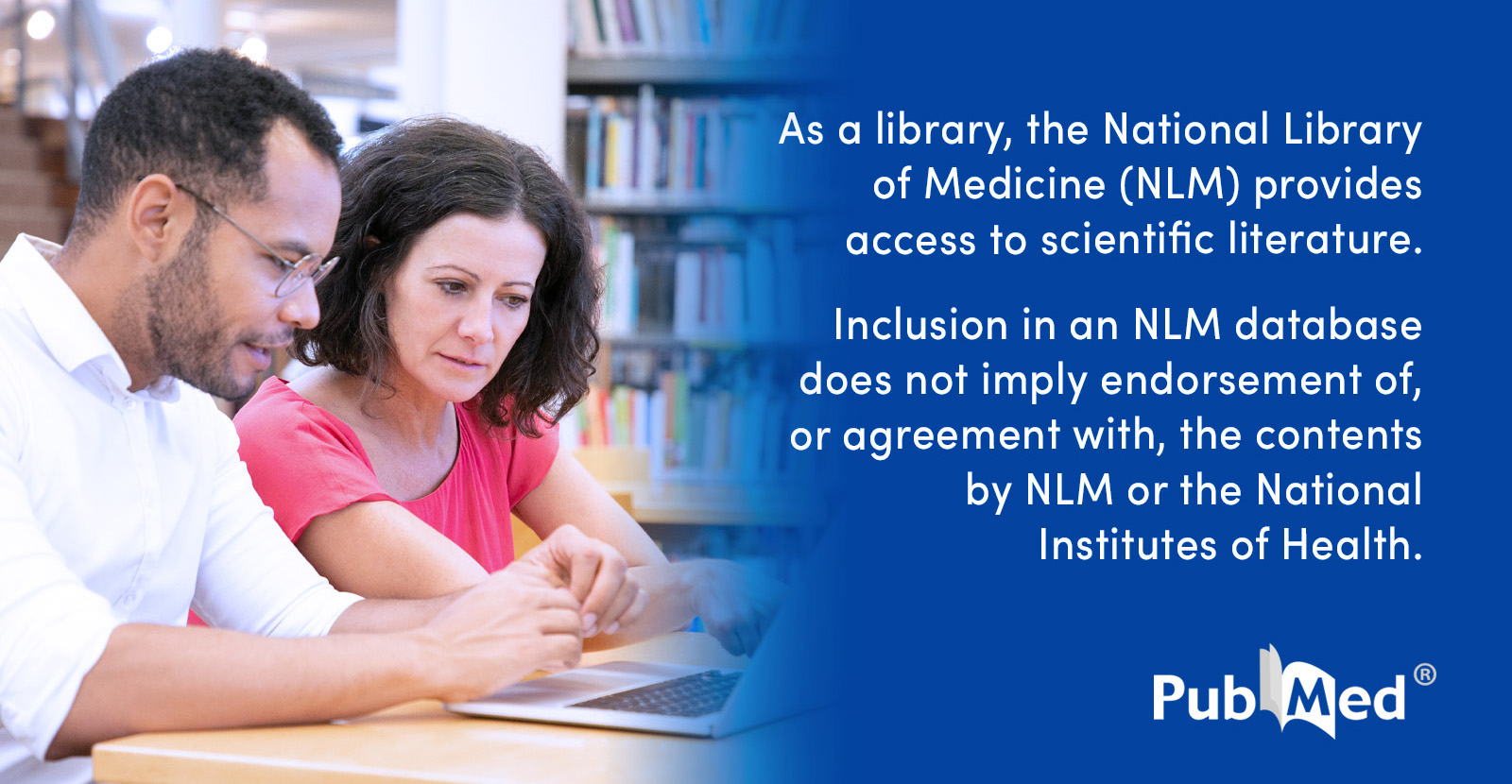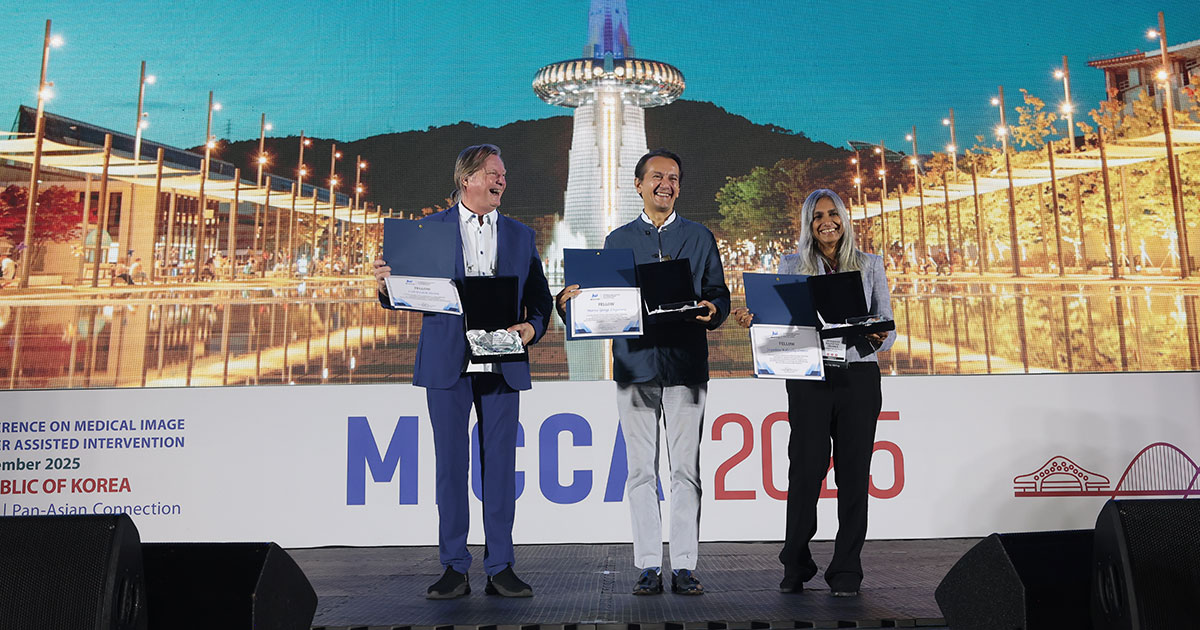Key Takeaways Hyperspectral imaging captures extensive spectral data, enabling precise material and tissue differentiation beyond conventional imaging capabilities. Applications span counterfeit detection, environmental monitoring, agriculture, food quality, and medical diagnostics, with significant accuracy improvements. AI and deep learning enhance HSI's analytical potential, addressing challenges like high costs and complex data analysis. The convergence of AI

Modelling transcription with explainable AI uncovers context-specific epigenetic gene … – PubMed
. 2025 Oct 23;21(10):e1011908.
doi: 10.1371/journal.pgen.1011908. Online ahead of print.
Affiliations
- PMID: 41129591
- DOI: 10.1371/journal.pgen.1011908
Free article
Modelling transcription with explainable AI uncovers context-specific epigenetic gene regulation at promoters and gene bodies
Kashyap Chhatbar et al. PLoS Genet. .
Free article
Abstract
Transcriptional regulation involves complex interactions with chromatin-associated proteins, but disentangling these mechanistically remains challenging. Here, we generate deep learning models to predict RNA Pol-II occupancy from chromatin-associated protein profiles in unperturbed conditions. We evaluate the suitability of Shapley Additive Explanations (SHAP), a widely used explainable AI (XAI) approach, to infer functional relevance and analyse regulatory mechanisms across diverse datasets. We aim to validate these insights using data from degron-based perturbation experiments. Remarkably, genes ranked by SHAP importance predict direct targets of perturbation even from unperturbed data, enabling inference without costly experimental interventions. Our analysis reveals that SHAP not only predicts differential gene expression but also captures the magnitude of transcriptional changes. We validate the cooperative roles of SET1A and ZC3H4 at promoters and uncover novel regulatory contributions of ZC3H4 at gene bodies in influencing transcription. Cross-dataset validation uncovers unexpected connections between ZC3H4, a component of the Restrictor complex, and INTS11, part of the Integrator complex, suggesting crosstalk mediated by H3K4me3 and the SET1/COMPASS complex in transcriptional regulation. These findings highlight the power of integrating predictive modelling and experimental validation to unravel complex context-dependent regulatory networks and generate novel biological hypotheses.
Copyright: © 2025 Chhatbar et al. This is an open access article distributed under the terms of the Creative Commons Attribution License, which permits unrestricted use, distribution, and reproduction in any medium, provided the original author and source are credited.
PubMed Disclaimer
Conflict of interest statement
The authors have declared that no competing interest exists.



